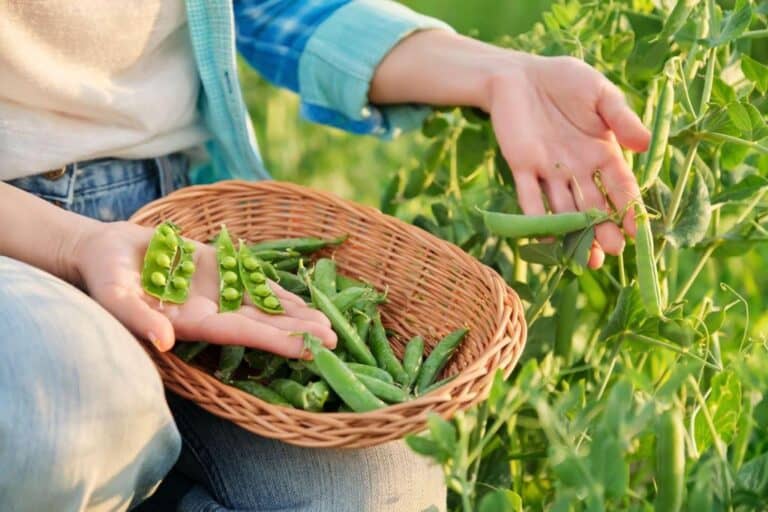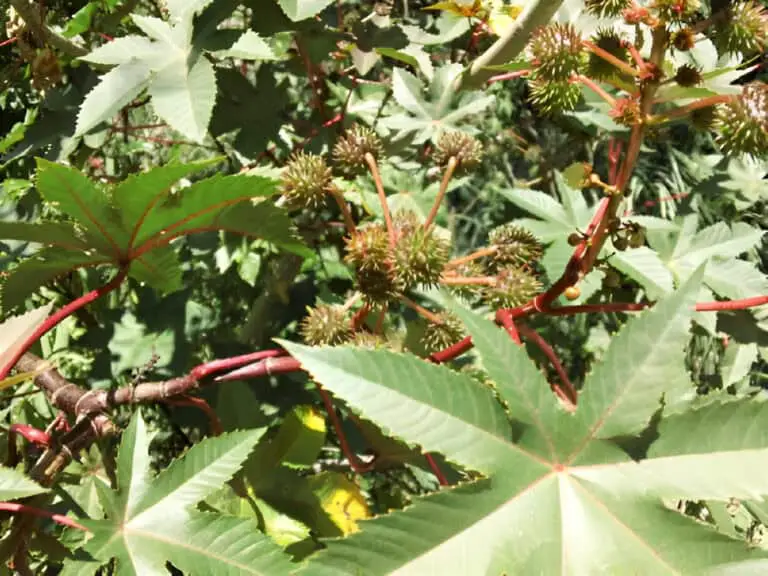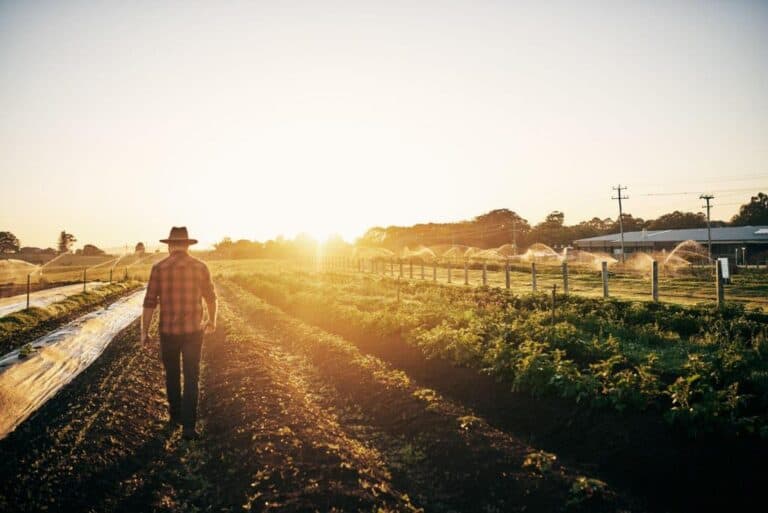Intensive Smallholder Crop and Livestock Farming: Small Scale, Big Impact
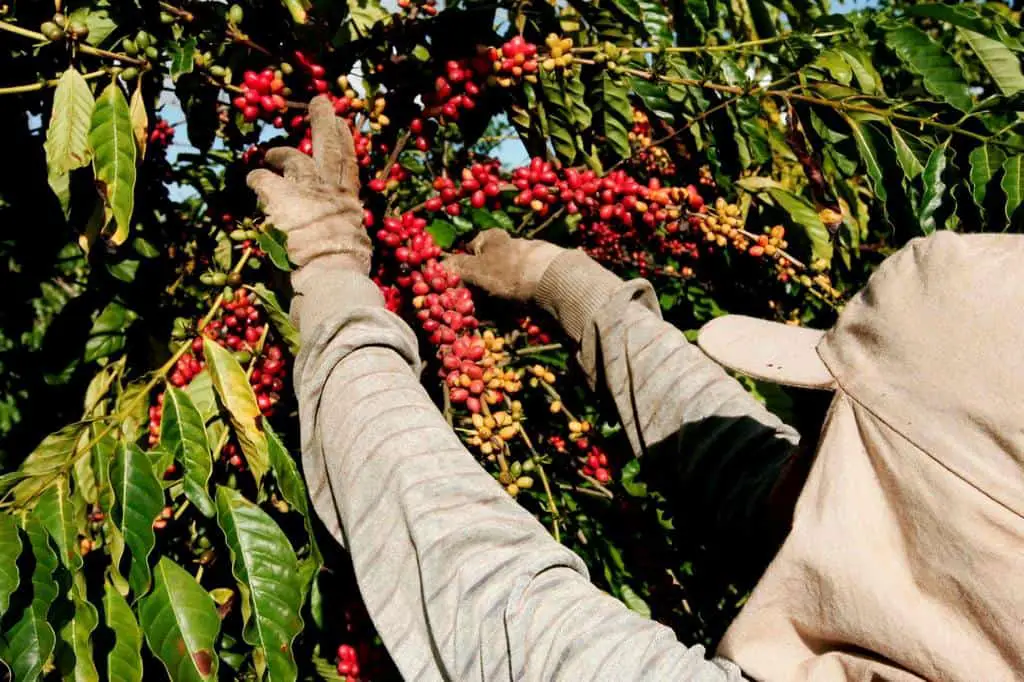
Step into the world of intensive smallholder farming, where the power of passion and sustainable practices converge on a small scale, leaving a monumental impact on communities and the global food system.
In this age of conscientious agriculture, these remarkable farmers have emerged as unsung heroes, weaving together ingenuity and tradition to nurture the land and nourish the world.
Intensive smallholder crop and livestock farming may be humble in size, but its significance resonates far beyond its fields. In this article, we’ll embark on a journey through the intricacies of this farming approach, witnessing how a diverse tapestry of crops, thoughtful livestock integration, and resource stewardship come together in harmony.
Join us as we delve into the myriad benefits of intensive smallholder farming – from fortifying food security and alleviating poverty to combating climate change and preserving biodiversity. Discover how these passionate stewards of the earth prove that even on a small scale, they wield the power to create a big impact.
Introduction to Intensive Smallholder Farming
Intensive smallholder farming refers to a form of agriculture where farmers cultivate their land using sustainable and efficient methods. Unlike large commercial farming operations, smallholder farmers work on relatively small plots of land, employing traditional and innovative techniques to maximize their yields.
Their efforts might be small in acreage, but their impact on local communities and food production is undoubtedly significant.
Smallholder farming is not just a practice; it’s a way of life for millions of people worldwide. These resourceful farmers play a vital role in contributing to food security, preserving biodiversity, and promoting sustainable practices in agriculture.
Advantages and Challenges of Intensive Smallholder Farming
Advantages of Smallholder Farming
Smallholder farming brings with it a plethora of advantages, making it a commendable approach to agriculture:
- Local Food Production: Smallholder farmers often prioritize local markets, contributing to regional food security and reducing dependence on imports.
- Sustainable Practices: These farmers tend to embrace eco-friendly techniques, such as organic farming and crop rotation, to ensure long-term environmental health.
- Biodiversity Preservation: By cultivating traditional crop varieties and saving seeds, smallholders actively conserve valuable plant diversity.
Challenges Faced by Small-Scale Farmers
While smallholder farming has numerous benefits, it also comes with its fair share of challenges:
- Limited Resources: Small-scale farmers often face financial constraints, making it difficult to invest in modern equipment and technology.
- Market Access: Access to markets can be a struggle for smallholders, hindering their ability to sell their produce at fair prices.
- Climate Vulnerability: Climate change impacts, such as erratic weather patterns and prolonged droughts, can severely affect smallholder farmers’ yields.
Sustainable Farming Practices in Smallholder Agriculture
One of the most remarkable aspects of smallholder farming is its focus on sustainable practices that work in harmony with nature. Let’s explore some of these methods:
- Regenerative Agriculture: Smallholders employ regenerative practices, such as cover cropping and minimal tillage, to enhance soil health and fertility.
- Agroecological Approaches: These farmers apply ecological principles to their farming systems, creating resilient and self-sustaining ecosystems.
The adoption of sustainable farming practices not only benefits the farmers but also contributes to larger environmental goals, including carbon sequestration and reduced chemical pollution.
Crop Selection and Management in Smallholder Farms
The crops chosen and how they are managed play a crucial role in smallholder farming success. Here’s what small-scale farmers consider:
- Factors Influencing Crop Selection: Smallholders take into account factors like local climate, soil type, and market demand when selecting crops.
- Crop Rotation and Intercropping: To maintain soil fertility and reduce pests, smallholders practice crop rotation and intercropping, where different crops are grown together.
- Preserving Biodiversity: Smallholder farmers actively preserve traditional crop varieties by saving seeds, ensuring diversity in their crop farming selections.
Livestock Rearing in Intensive Smallholder Farms
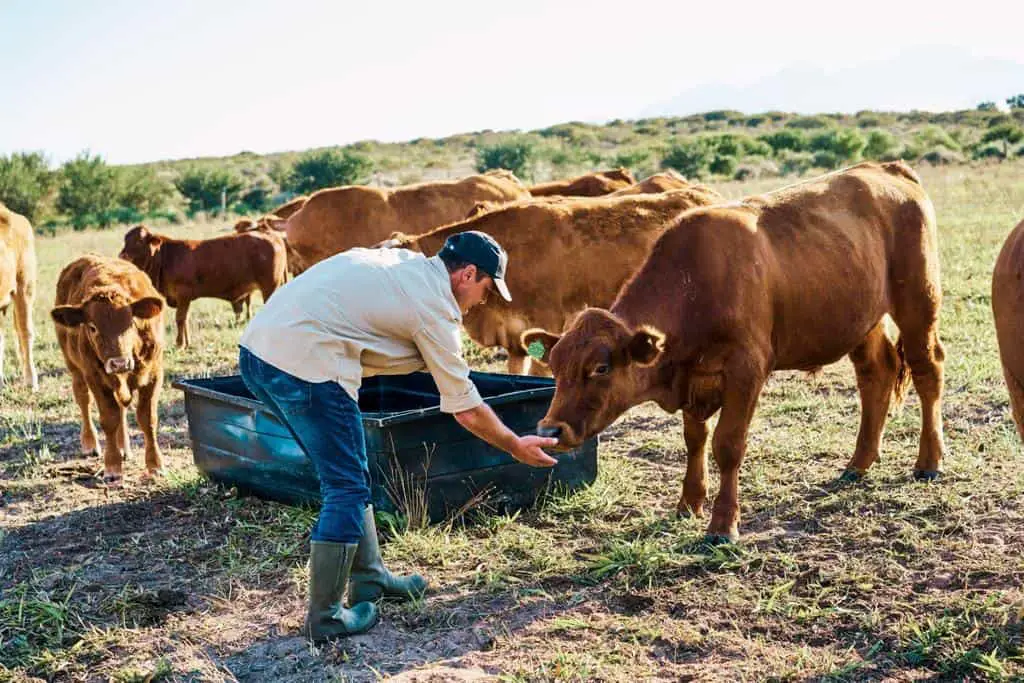
Livestock farming is an integral part of smallholder agriculture, offering numerous benefits for farmers and their communities:
- Overview of Livestock Management: Smallholder farmers rear various livestock, such as poultry, goats, and cattle, for meat, milk, and other products.
- Integrated Crop-Livestock Systems: Smallholders often integrate and mix crops and livestock, creating mutually beneficial systems that enhance soil fertility and pest control.
- Benefits for Rural Communities: Livestock rearing provides a valuable source of income for smallholder farmers, contributing to their livelihoods and overall prosperity.
Market Access and Value Chain Integration for Smallholders
Market access remains a critical challenge for smallholder farmers, but innovative approaches are making a difference:
- Cooperatives and Farmer Associations: Smallholders are forming cooperatives and associations to pool resources, access credit, and negotiate fair prices collectively.
- Direct-to-Consumer Sales: By selling directly to consumers through farmer’s markets or community-supported agriculture (CSA) schemes, smallholders bypass intermediaries and increase their earnings.
- Value Chain Integration: Integration into value chains ensures that smallholder farmers participate in various stages of production, processing, and marketing, adding value to their products.
Efforts to strengthen market connections empower smallholders, creating a positive ripple effect on local economies.
Case Studies: Successful Smallholder Farming Models
Learning from Real-Life Success Stories
Examining successful small-scale farming projects worldwide offers valuable insights into the factors contributing to their achievements and the lessons that can be applied elsewhere.
Case Study 1: Community-Supported Agriculture (CSA) in the United States
- Overview: CSA initiatives connect smallholders directly with consumers, fostering community engagement and ensuring a stable market for produce.
- Factors Contributing to Success: Building strong relationships with local consumers, diversifying crop offerings, and implementing sustainable farming practices.
Case Study 2: Rice Intensification in Southeast Asia
- Overview: Smallholder farmers in countries like Vietnam and Cambodia have adopted the System of Rice Intensification (SRI) to significantly increase yields while using fewer resources.
- Factors Contributing to Success: Improved planting techniques, reduced water usage, and organic pest control methods.
Case Study 3: Permaculture in Zimbabwe
- Overview: By implementing permaculture principles, Zimbabwean smallholders have restored degraded land and achieved sustainable food production.
- Factors Contributing to Success: Emphasis on biodiversity, natural pest control, and community involvement.
Case Study 4: The Green Revolution in Bangladesh
In the late 1960s, Bangladesh faced severe food shortages and poverty. Through the implementation of intensive farming techniques, such as using high-yielding rice varieties and integrated crop-livestock systems, the country achieved significant gains in food production and rural livelihoods.
| Benefits | Details |
| Increased Crop Yields | High-yielding rice varieties resulted in higher productivity and food surplus. |
| Reduced Poverty | Smallholder farmers had increased income, leading to poverty reduction. |
| Enhanced Biodiversity | Traditional crop varieties were preserved alongside modern high-yield varieties. |
Case Study 5: The Sustainable Coffee Initiative in Ethiopia
Ethiopia’s coffee farmers faced challenges due to climate change and fluctuating coffee prices. By adopting sustainable and intensive farming practices, coffee cooperatives were able to improve their livelihoods and protect their environment.
| Benefits | Details |
| Climate Resilience | Diversification of crops and agroforestry reduced vulnerability to climate change. |
| Community Empowerment | Coffee cooperatives enhanced their bargaining power and negotiated better prices. |
| Forest Restoration | Agroforestry practices contributed to reforestation efforts and ecosystem conservation. |
These case studies highlight the adaptability and ingenuity of smallholder farmers worldwide, demonstrating how their innovative approaches can contribute to a more sustainable and resilient agricultural future.
Conclusion
In conclusion, intensive smallholder crop and livestock farming may be modest in scale, but its impact is undeniably significant. Through sustainable practices, innovative technologies, and community engagement, small-scale farmers play a crucial role in shaping the future of agriculture.
As we embrace the potential of smallholder farming, it’s essential to address the challenges they face, support their market access, and empower women to ensure a brighter, more sustainable agricultural landscape for generations to come. Small-scale farming has a significant impact on the farming world.
FAQs on Intensive Smallholder Crop and Livestock Farming
How does small-scale farming impact crop production?
Small-scale farming can have a positive impact on multi crop farming production through sustainable practices like crop diversity, organic fertilization, and integrated pest management. By focusing on local ecosystems, small-scale farmers enhance soil health, reduce reliance on chemical inputs, and promote biodiversity. Their intimate knowledge of the land allows for better adaptation to changing conditions, fostering resilience in the face of climate challenges.
What are the challenges faced by smallholder livestock farmers?
Smallholder livestock farmers often encounter challenges such as limited access to resources and veterinary services, fluctuating market prices, and vulnerability to climate-induced feed and water shortages. Additionally, the lack of infrastructure and training can hinder their ability to improve livestock management practices, affecting productivity and profitability.
What are sustainable practices in smallholder agriculture?
Sustainable practices in smallholder agriculture include crop rotation, agroforestry, intercropping, organic farming, and integrated pest management. Water conservation techniques, like rainwater harvesting and drip irrigation, are also vital. These practices promote ecological balance, protect natural resources, and contribute to long-term food security and community resilience.
What role do women play in smallholder farming?
Women play a fundamental role in smallholder farming, contributing significantly to agricultural labor, food processing, and household nutrition. They often manage diverse crops, save traditional seeds, and partake in sustainable farming practices. Empowering women through access to resources and education can lead to improved agricultural productivity and stronger, more inclusive rural communities.
How does intensive smallholder farming differ from industrial agriculture?
Intensive farming emphasizes sustainable practices, small land holdings, and community-centric approaches, while industrial agriculture focuses on large-scale monoculture, heavy chemical inputs, and mechanization. Intensive smallholder farming prioritizes resilience, biodiversity, and local knowledge, contrasting with the resource-intensive and profit-driven nature of industrial agriculture.
What are some government policies that support small-scale farmers?
Governments can support small-scale farmers through policies such as providing access to affordable credit and financial services, investing in rural infrastructure, offering training and technical assistance, ensuring land tenure security, and promoting fair market access. Subsidies for sustainable practices and incentives for crop diversification are also helpful in fostering smallholder agriculture.
How do small-scale farmers access credit and financial resources?
Small-scale farmers can access credit and financial resources through microfinance institutions, cooperatives, and government-sponsored lending programs. Some initiatives use innovative digital platforms to facilitate easier access to loans and other financial services. Collateral-free loans and flexible repayment terms cater specifically to the needs of smallholder farmers, supporting their agricultural ventures.



